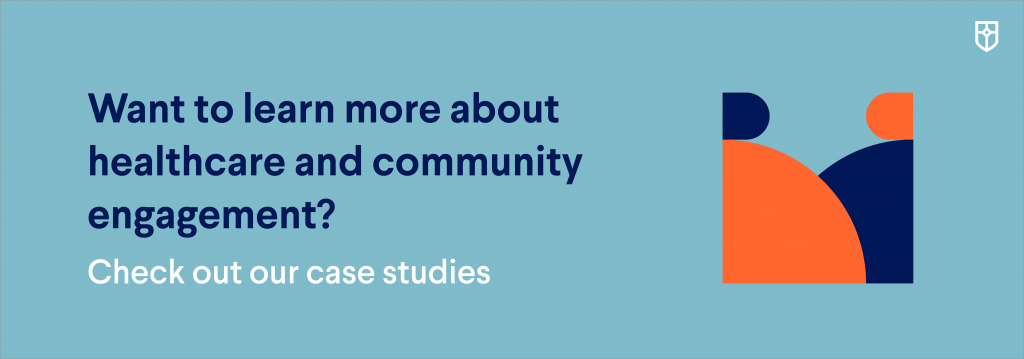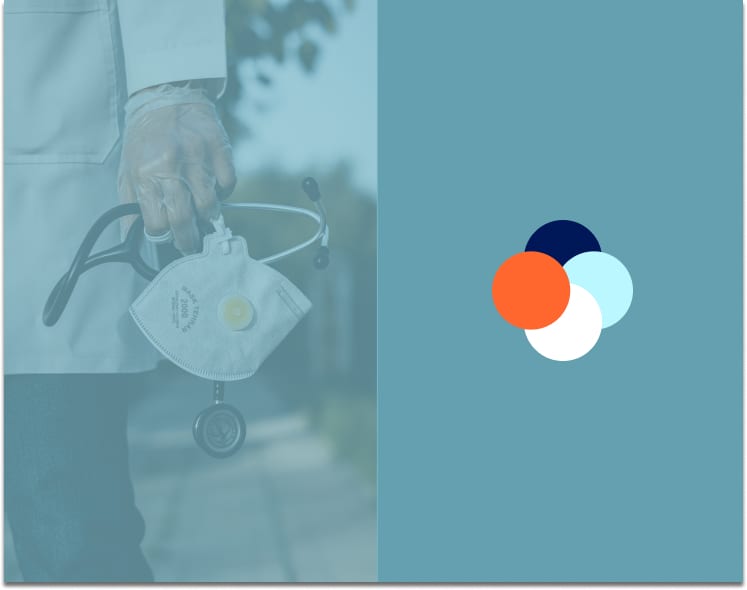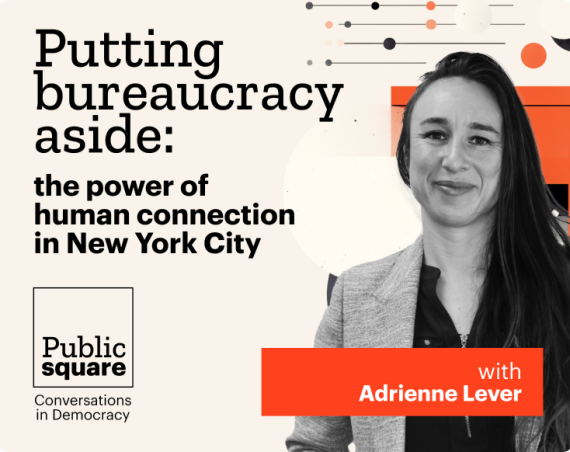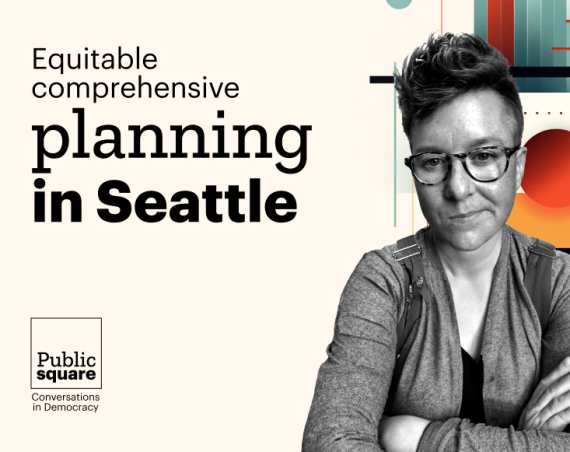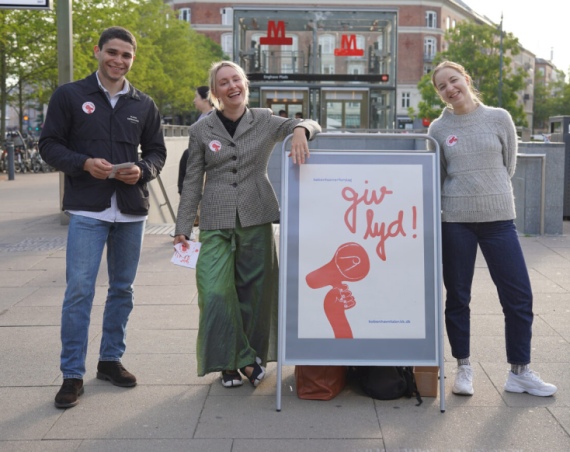One of the key actions to improving healthcare provision is to work directly with community members on the issues affecting their wellbeing.
The WHO has identified community engagement as fundamental to any strategy addressing health goals. Our most recent client event brought together health organisations from across the UK, including the Care Inspectorate and the Care Quality Commission (CQC), which shared their experience in leveraging community engagement platforms to better connect with residents. Their insights inspired us to share the takeaways of the event with all of you.
Here are 5 ways you can optimise community engagement in the health sector:
1. Base your project on lived experiences
Who knows the successes and gaps of health services better than those who are directly involved? Invest time in speaking to, and working collaboratively with, those who have first-hand experience – both from the community and your healthcare services. You might want to consult sector professionals, volunteers, caregivers and patients. After identifying these community members, consider how you will connect with them. For instance, you may consult your community members via surveys, workshops, or deliberation, and by combining virtual and in-person elements you’ll be able to reach a wider audience.
“During the pandemic, our online engagement platform proved really helpful to connect with people and diversify the way we engage with our community.”
The Care for Quality Commission
A combined online and offline approach is also a good alternative now that some measures against COVID-19 have started to ease. Ultimately, having these conversations will give you a clearer understanding of the community you serve, their specific health needs, and the resources available to them.
2. Have group discussions between various stakeholders
The best way to gain an understanding of community needs is by getting input from a wide range of its members. Make sure you aren’t having siloed conversations with only one group, but rather involve various stakeholders in collective discussions. Each participant will come with their own base knowledge and skill set which will help generate more ideas.
There are plenty of ways to foster these group discussions. In addition to hosting large plenary sessions, consider using breakout rooms and be intentional about who you include in each group to ensure everyone’s voice is represented. To complement this you might use surveys, ask for input on what to prioritise, or share your current programme ideas for comments. As people share their experiences and hear those of others, these inclusive conversations will create mutual respect and understanding, ultimately leading to increased collaboration and strengthened bonds between the community and your health services.
3. Share insights and ideas
It’s not only about involving your community in the discussion stage, but also in defining and implementing a solution. Sharing insights that you’ve gained from previous initiatives can serve as a reference point for new discussions on the plans you have for improved healthcare. By transparently communicating learnings and asking for feedback on them, you’ll create a sense of shared ownership and commitment for community health moving forward.

4. Prioritise and create timelines
Since you won’t be able to address all community health needs at once, start by listing the most pressing issues and identifying priorities. To rate what’s most pressing, consider setting criteria for determining your priorities. For example, you could choose to rate the severity and urgency of an issue, the availability of resources, or whether you’re addressing a root cause. As much as possible, align your priorities with those of the community and create timelines to keep yourself accountable for progress. These efforts will lead to increased consensus and trust from your community members.
5. Collaborate for future changes in standards and policy
Your health services’ day-to-day operations can be positively impacted by engaging your community, but many benefits also come from collaborating with other health experts and professionals. By crowdsourcing input from healthcare professionals, health information standards – including methods, protocols, and terminologies – can be optimised. This ideation is also key to exchange insights on healthcare technology assessments and to inform policy decisions that impact the wider community. The social, economic, organisational, and ethical elements of the assessment are ideal for community members and healthcare professionals to collaboratively provide feedback.
Community engagement to transform healthcare
Actively engaging community members is the bedrock for building sustainable, efficient, and resilient health systems. Community engagement will create mutual understanding and respect, strengthening the bond between your community and its health services. This will lead to shared ownership and commitment to health, optimising not only your daily practices but also addressing larger global health goals.
